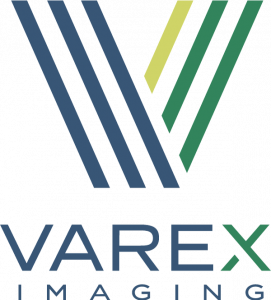XRF X-Ray Tubes for X-Ray Fluorescence Spectrometers
AXT is able to supply replacement x-ray tubes to suit all major makes and models of x-ray fluorescence spectrometers (XRF). We are also able to provide service for XRFs where required.
Replacement XRF X-Ray Tubes
AXT offers a complete line of XRF x-ray tubes used in WDXRF and EDXRF X-ray spectrometers. Direct replacements are available for most equipment from Varex Imaging (formerly Varian Medical Systems).
Varex Imaging pioneered the present day end-window XRF tube, currently being used in all state-of-the-art X-ray spectrometers. Varex Imaging’s end-window XRF tubes provide greater X-ray coupling to the sample which increases system sensitivity. Varex Imaging offers a complete line of XRF x-ray tubes used in wavelength and energy dispersive X-ray spectrometers.
Direct XRF Replacement X-Ray Tubes
Direct replacement XRF x-ray tubes are available for instruments and manufacturers including:
• ARL (Thermo): 8600, 8680, 8660, 9800, etc.
• Rigaku: 3430, 3440, ZSX100e, ZSX101e, Primus
• Bruker: SRS303, SRS3000, SRS3400, Pioneer S4, S8 Lion, S8 Tiger
• Shimadzu
• Spectro
• Oxford
X-Ray Fluorescence (XRF)
X-Ray Fluorescence or XRF is a well-respected and reliable method for determining the chemical/elemental composition of materials. It has become a common-place in industry and research as it is economical, fast and accurate.
By measuring the characteristic secondary/fluorescent x-rays resulting from the exposure of a material to high energy x-rays, one is able to determine the elemental composition of that material.
XRF is suited to solid, powder and liquid samples as well as coatings. Unlike XRD it does not rely on a recurring crystal structure and thus, it is suitable for determining the chemical composition of glasses and other amorphous materials.
The XRF technique is commonly used by industries including:
• Mining and minerals
• Materials science
• Building materials
• Forensics
• Geochemistry
• PMI – Positive Materials Identification
• Archeologicy
Some of the benefits of XRF include:
• Little to no sample preparation, making it suitable for quality control applications
• The ability to measure concentrations from ppm to almost 100% purities
• Able to measure elements from Na to U
• Short analysis time
• Can be used for qualitative, semi-quantitative or fully qualitative analyses




 English
English Chinese (Simplified
Chinese (Simplified